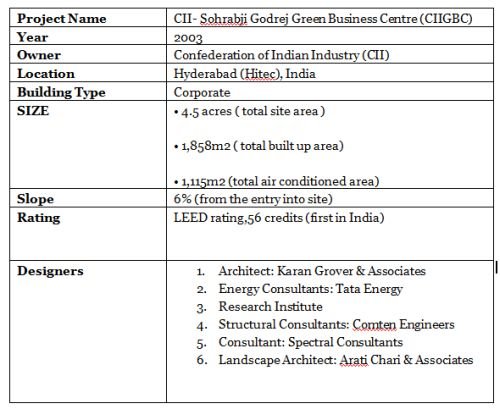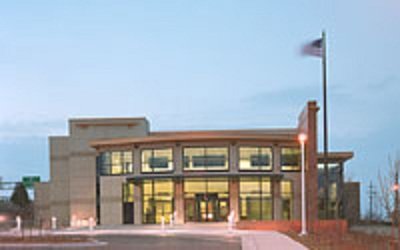CII – Confederation of Indian Industry | Green Building in India
CII is internationally renowned building designed using the principles of Green Buildings and is India’s premier developmental institution, offering advisory services to the industry on environmental aspects and working in the areas of Green Buildings, Energy Efficiency, Water Management, Environment Management, Renewable Energy, Green Business Incubation and Climate Change activities.

“Reduce, Reuse and Recycle” is the agenda of Green building Technology.

“… Grover has dispelled any notion that aesthetics must be sacrificed in the effort to make buildings “green.”


